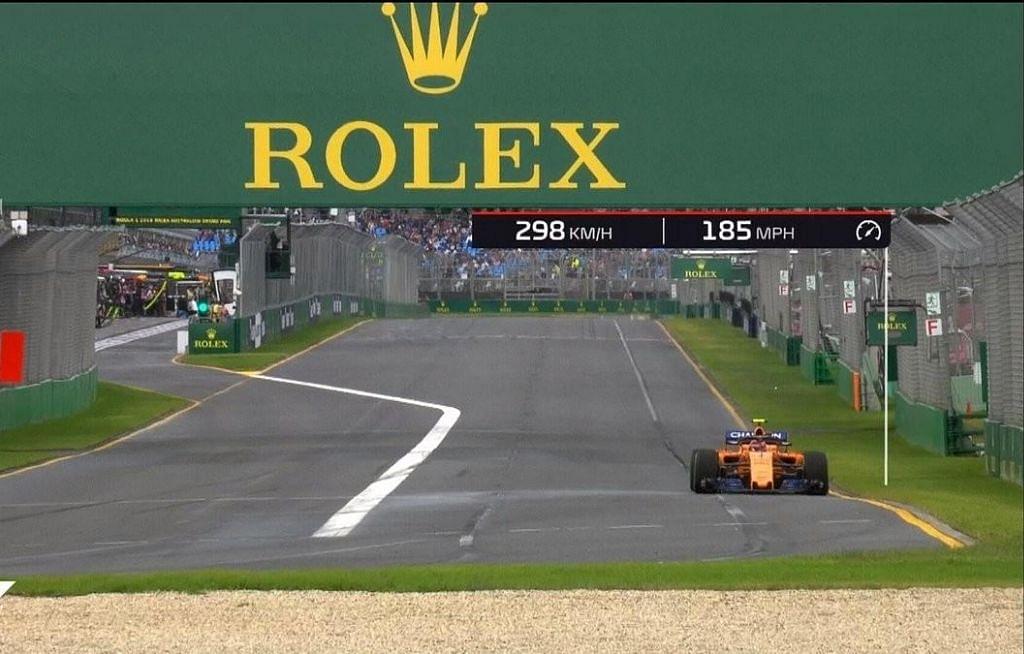The speed trap is one of the most crucial stat figuring mechanisms in Formula 1. The speed trap is usually the fastest point on the circuit, placed at the longest straight of the track.
Its location on the straight varies on different tracks, sometimes, it is usually at the middle of the straight or just before the braking point. The speed trap is used to obtain and compare the fastest speeds among the drivers.
Preferably, the speed trap is often installed in the middle of the straight where the accurate top speed is expected since by the end of the straight or near the corner, the battery loses a huge amount of power.
Why are speed traps important?
The speed trap is a crucial part of an F1 race because it simply projects the highest speed of cars. Which allows the teams and viewers to analyze the car performances.
It also shows how the driver is performing and whether the car is performing at its optimum level. So, in the end, technology plays a crucial role in determining the calibre of the car on a particular track.
Moreover, it also helps teams in aiding to figure out their straight-line speed. In 2021, Mercedes registered 351.1 km/h, while Red Bull recorded 343.2 km/h in Mexico.
Criticism of speed trap F1
The only criticism of speed traps in F1 has been their location. At times, they are at a place where the car could hardly clock its best speed. For example, in the Valencia circuit, where the trap is located at the end of the longest straight section of the track.
This snippet from formula1.com shows the speed trap of the Valencia circuit (the yellow spot). The drivers are ought to reduce their speeds at that point, it doesn’t make sense to have a speed trap over there
Meanwhile, below is the recording by Speed trap from the British Grand Prix 2017, where the maximum speed of all drivers has been noted down.
The data by speed trap is a great analyzing material as it gives an acute representation of the pace and quality difference of the cars in an absolute sense. But on every lap base, it also projects the performance of the diver, knowing whether he is utilising the full potential of the car.
Are they redundant now?
The speed traps surely were a state-of-the-art tech back in their day. But it can be considered redundant in the current times. Now, F1 has the technology where it can measure the pace of the car in real-time at any point on the track.
Moreover, analytically, the technology is not required, as the teams already have data in the abundance of all the other trams. So what good the technology of the past can help now?
Moreover, the data from the car is enough to know where the car piqued and where it was the slowest. So, it wouldn’t be needed to go through the speed trap data for the teams.

